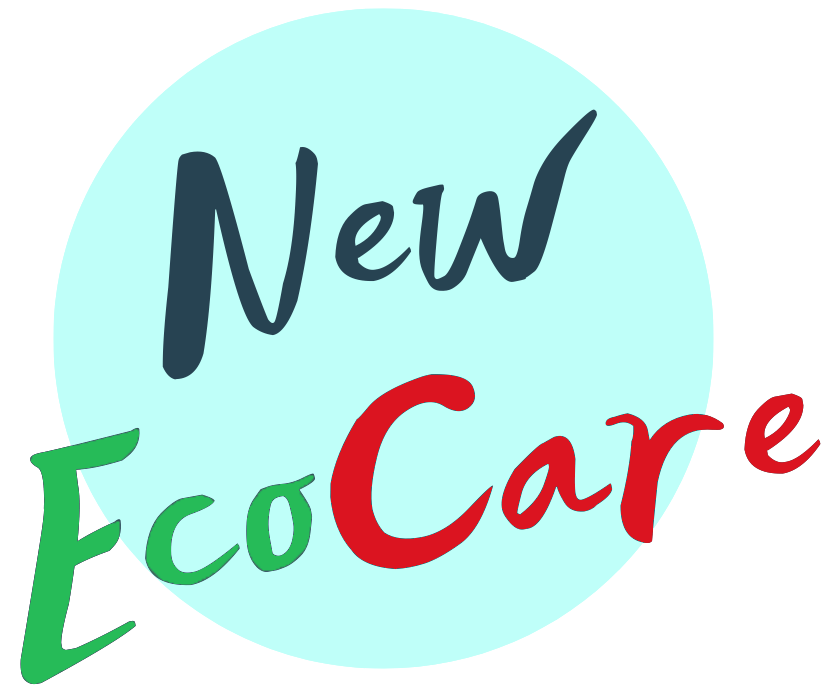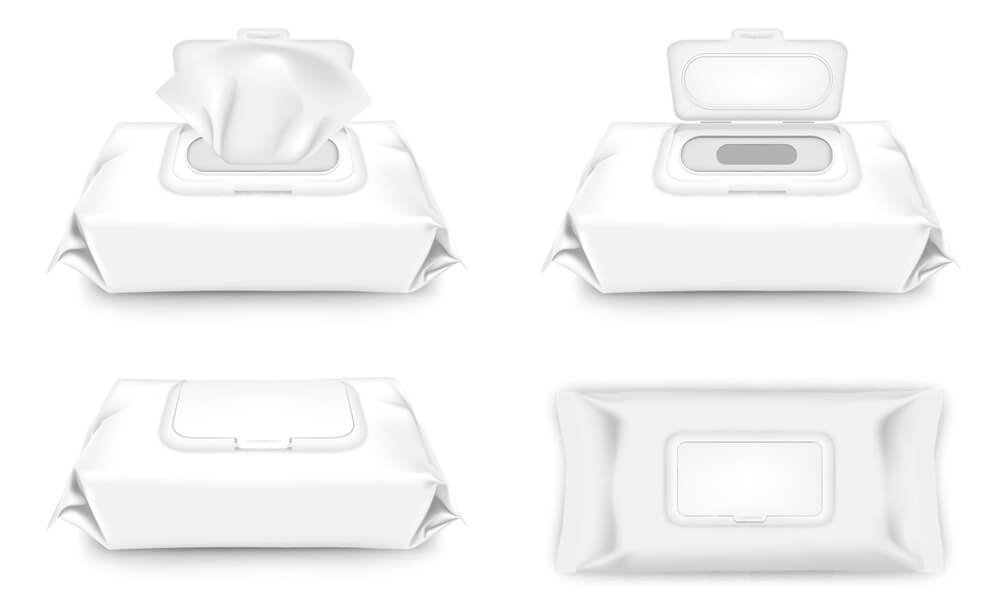Wet wipes packaging is more than just a protective covering for the product—it plays a crucial role in maintaining the freshness, moisture content, and cleanliness of the wipes. The packaging prevents contamination, keeps the wipes from drying out, and ensures the convenience of the user. Packaging also affects brand perception and consumer satisfaction. A well-designed package can enhance the product’s appeal, making it more marketable and consumer-friendly.
The right packaging can also act as a barrier against external factors such as air, light, and humidity, all of which can degrade the quality of wet wipes over time. Furthermore, packaging must offer ease of access while ensuring hygiene, making it a critical factor in a product’s success.
Types of Wet Wipes Packaging
When selecting the right packaging for wet wipes, businesses must consider the form factor. The most common types of packaging include:
- Flow Packs: These flexible plastic or foil-based packages usually have resealable labels or zippers to maintain moisture.
- Tubs: Hard plastic containers, often used for baby wipes, offer better protection and resealability but take up more space.
- Canisters: Cylindrical packaging, often seen in disinfectant wipes, is convenient for single-use and is highly portable.
- Individual Sachets: Perfect for on-the-go use, each wipe is individually packed, offering maximum hygiene and portability.
Choosing between these options depends on the target audience, product usage, and cost considerations.
Material Selection for Packaging
The material used in wet wipes packaging is equally important as the type of packaging. Here are some popular choices:
- Plastic: Widely used for its durability and flexibility, plastic is a common choice for wet wipes packaging. However, it is not always eco-friendly.
- Paper-Based Packaging: Used in eco-conscious brands, paper packaging is biodegradable and can still maintain the moisture content of wet wipes.
- Materiais biodegradáveis: With the rise of environmental awareness, biodegradable plastics and other sustainable materials are becoming popular for packaging solutions.
Each material has its pros and cons, and the selection largely depends on whether sustainability, cost, or durability is the priority.
Consumer Preferences in Packaging
Packaging plays a significant role in influencing consumer decisions. When it comes to wet wipes, consumers generally prefer packaging that is:
- Portable: Compact, lightweight packaging is ideal for on-the-go use.
- Resealable: Ensures that wipes stay moist and fresh even after multiple uses.
- Convenient: Easy-to-open packages that provide quick access to wipes without unnecessary fuss.
Customization, vibrant design, and branding elements also enhance the appeal of packaging, helping the product stand out on store shelves.
Hygiene and Safety Considerations
One of the most important aspects of wet wipes packaging is maintaining hygiene. Wet wipes are often used in situations requiring cleanliness, such as baby care, medical uses, or surface disinfection. As such, the packaging must protect against contamination and preserve the sterility of the wipes. Resealable packaging is crucial for preventing bacterial buildup and ensuring the wipes remain clean and ready for use.
The packaging should also be tamper-evident to provide consumers with peace of mind that the product inside has not been compromised.
Sustainability in Wet Wipes Packaging
As environmental concerns grow, more brands are exploring sustainable packaging options. Eco-friendly packaging materials, such as recycled plastics, biodegradable films, and compostable packaging, are becoming mainstream. These options help reduce the environmental footprint of disposable wet wipes while appealing to environmentally conscious consumers.
Some brands are adopting zero-waste packaging and refill systems to further minimize waste. As businesses continue to innovate, sustainability is becoming a key factor in the packaging selection process for wet wipes.
Customizing Wet Wipes Packaging
Personalized and branded packaging can make a significant difference in the marketing and perception of wet wipes. By incorporating brand colors, logos, and messaging into the design, businesses can create a strong visual identity. This not only helps in product recognition but also builds trust and loyalty among consumers.
Custom packaging can also be tailored to specific consumer segments. For instance, baby wipes may feature playful designs, while disinfectant wipes can have a more clinical and professional appearance.
Regulatory and Compliance Factors
Packaging for wet wipes, especially those used in healthcare or for babies, must comply with certain safety standards and regulations. Businesses need to ensure that their packaging materials are non-toxic, safe for skin contact, and free from harmful chemicals. Compliance with standards such as ISO 9001 for quality management and FDA guidelines for hygiene and safety is crucial.
Additionally, packaging must include essential information such as the list of ingredients, directions for use, and storage instructions.
Innovations in Wet Wipes Packaging
The packaging industry is constantly evolving, and new technologies are being integrated into wet wipes packaging. Innovations such as smart packaging with QR codes for product information or refillable containers to reduce waste are gaining traction. Other advancements include more durable resealable closures, anti-microbial materials, and moisture-lock technology.
These innovations are designed to enhance the user experience while addressing environmental and safety concerns.
Cost Considerations in Packaging
The cost of packaging is an important factor for businesses. While high-quality packaging can improve product performance and consumer satisfaction, it can also increase costs. It’s essential to strike a balance between cost-effectiveness and packaging quality. For instance, while rigid containers may be more expensive, they offer better protection for wet wipes in certain settings, such as hospitals or daycare centers.
Businesses should also consider economies of scale. Larger production runs can reduce the per-unit cost of packaging, making it more feasible to invest in premium materials or eco-friendly options.
Conclusão
Choosing the right packaging for wet wipes is a multifaceted decision that involves balancing hygiene, convenience, cost, and sustainability. The packaging not only preserves the quality of the product but also plays a critical role in branding and consumer satisfaction. As businesses strive to innovate, sustainable and personalized packaging solutions are set to dominate the future of wet wipes packaging.

